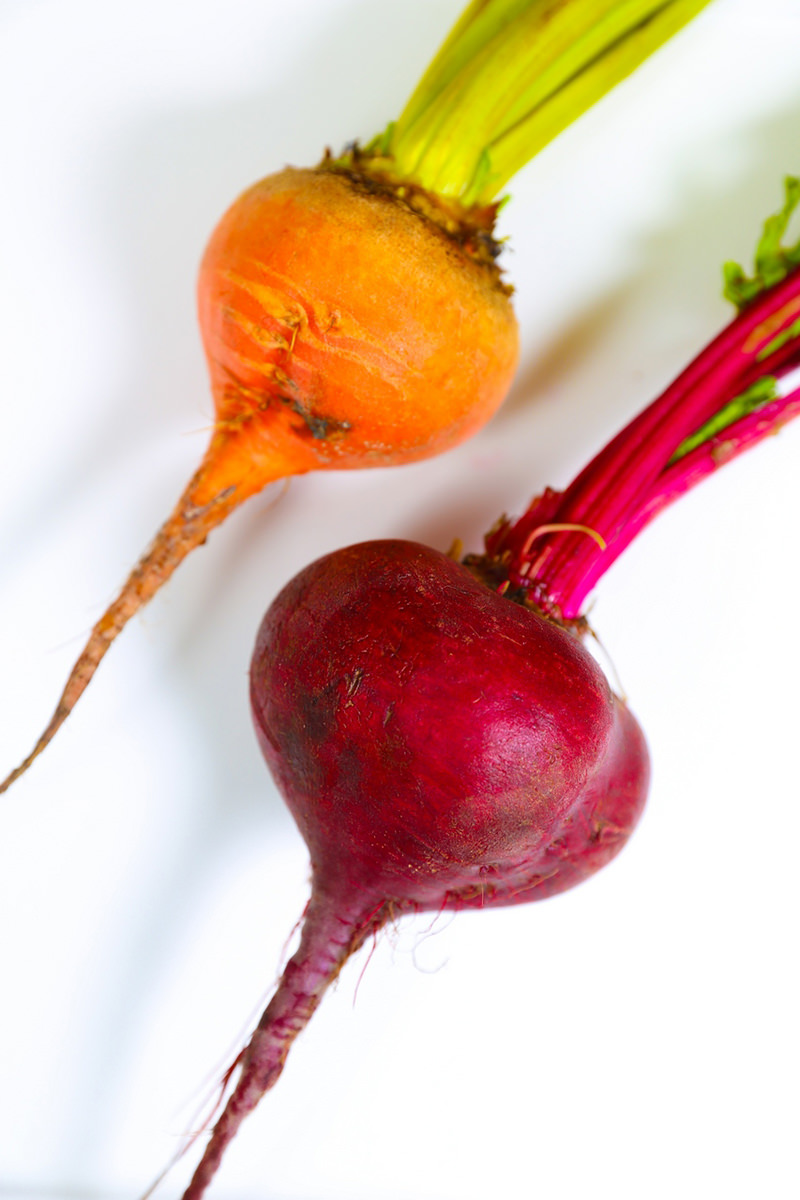

Kevin Fogle
Growing up, I hated beets with a passion—as is probably the experience of most children. My parents never grew them, and I only encountered them while dining with extend family or at local restaurants. For the first 20 years of my life, every beet I ate was purple and pickled. My brother and I learned to avoid them whenever possible. I love traditional dill or sweet cucumber pickles, but the mushy sweet beet in purple stained vinegar was too much for my unrefined palette.
It wasn’t until I met my future wife’s parents that I first tried a roasted beet. Here was a beet in a new light: It was slightly caramelized with a sweet yet earthy flavor that still had a little crunch. Upon my first hesitant taste, I was officially converted. Now, I don’t just eat beets now; I grow them and promote them— all except the mass-produced pickled versions, which I still avoid like the plague.
The following are some great beets that I enjoy growing and eating. Give them a try for yourself, and maybe you, too, can become a beet convert.
Golden Beets
This 19th-century yellow heirloom beet is an amazing colorful contrast to the common red beet that everyone remembers from childhood. Also known as the Golden Detroit beet, this productive cultivar yields a large crop of small round roots, characterized by rugged, orange skin that reveals bright-yellow flesh when sliced.
Golden beets are sweet and great for roasting, adding to salads and even pickling if you happen to like fermented root vegetables. The beet greens are also edible and offer a great bitterness that counter balances the earthy sweetness of the root when served together. An added bonus is that unlike their red cousins, golden beets don’t stain your hands or cutting boards when cooking with them.
Chioggia Beets

Suzie’s Farm/Flickr
Another favorite beet, the Chioggia, is commonly known as the Candy Cane beet. A 19th-century, Italian heirloom, Chioggia beets are know for their distinctive looks—pink to light-red skin that reveals a striking bulls-eye pattern of alternating white and pink rings—and amazingly sweet flavor profile.
Be aware that the brilliant pink rings fade when cooked. To keep the candy stripe appearance for your dinner plate, think about using thin slices of raw Chioggia beets in salads or other culinary applications. Like Golden beets, Chioggia beets don’t tend to stain as much as any of the purple or crimson varieties.
If you’re looking for other novel or tasty beet varieties to consider think about growing these:
- Red Ace: a highly productive crimson hybrid
- Lutz Green Leaf: another great crimson beet with exceptional greens
- Touchstone Gold: a gold-orange beet with high germination rates
Read more of Garden In Front »




